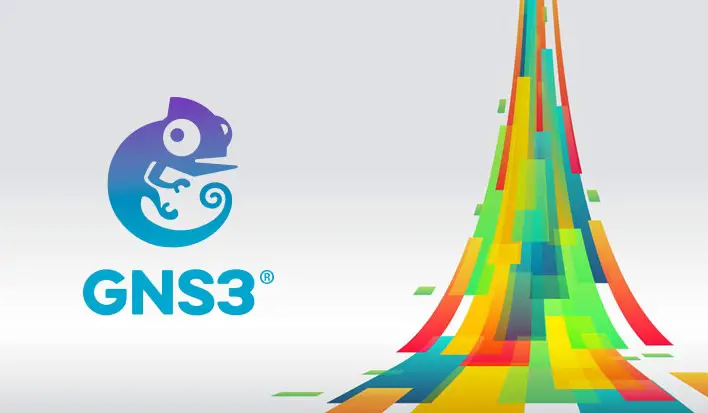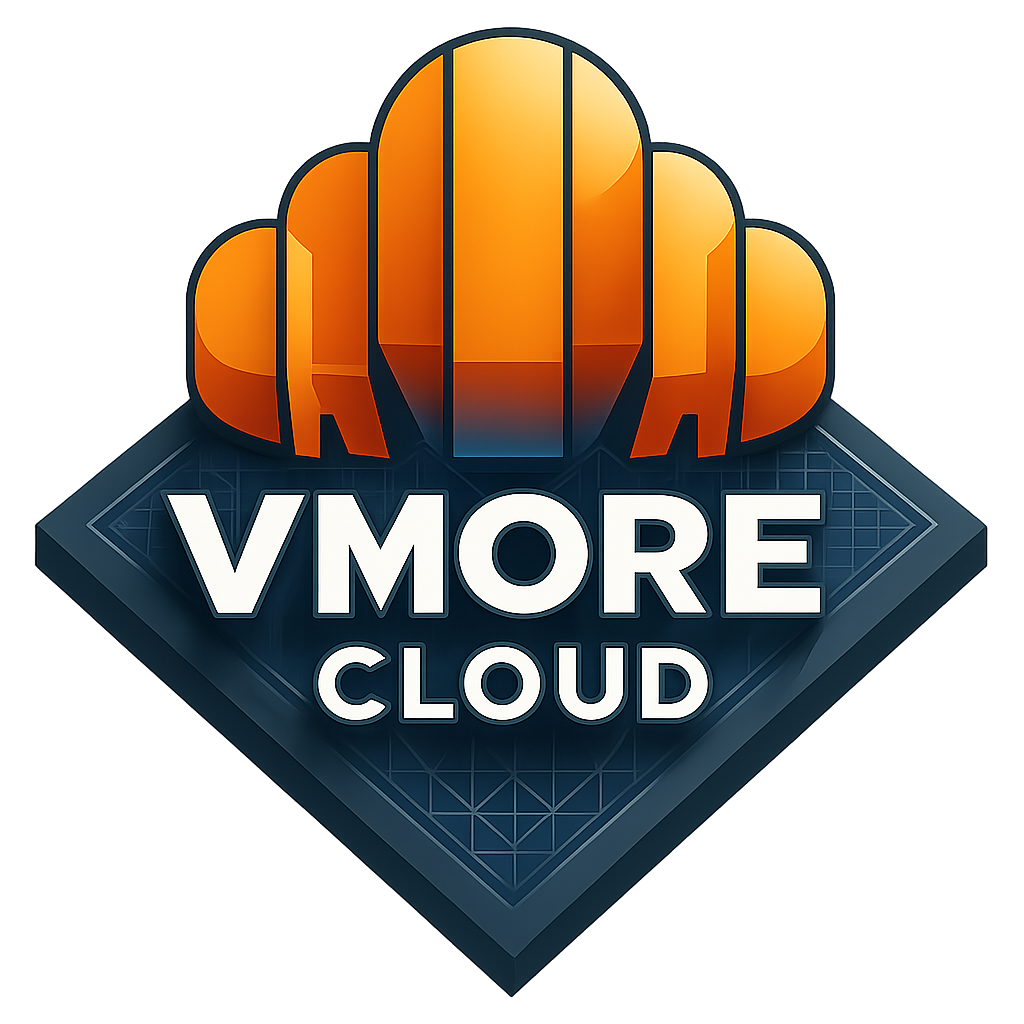
What is GNS3? Introduction and review of network simulator software versions
GNS3 or Graphical Network Simulator-3 is one of the most popular network simulation software used by network engineers and students to design, test, and teach computer networks. The software allows simulation of real network equipment such as routers and switches, allowing users to set up and test complex networks without the need for physical equipment.
GNS3 Applications
- Training on Cisco networks and other brands
- Design and testing of enterprise networks
- Simulating various network scenarios to prepare for international exams such as CCNA and CCNP
- Test network configurations and upgrades without risking damage to the real network
GNS3 Highlights
- User-friendly graphical interface: Design networks by dragging and dropping devices
- Supports multiple devices: routers, switches, firewalls and other virtual devices
- Integration with other software: Ability to use VMware and VirtualBox to simulate different operating systems
- Accurate emulation: Running the original Cisco IOS for the most realistic testing possible
Different versions of GNS3
1. GNS3 version 1.x
This version, one of the oldest stable versions, provided users with basic network emulation features. Although it was simple and functional, it had limitations in speed and equipment support.
2. GNS3 version 2.x
Version 2 is one of the most important releases in the history of GNS3, greatly improving the user experience with major improvements to the user interface and device support. The following features were added in this version:
- Fuller support for Docker and QEMU
- Improved connectivity with other virtualization software
- New features for managing projects and devices
3. GNS3 version 3.x and above
Recent versions of GNS3 have added more advanced features to the software, with a focus on better speed, security, and integration. These include:
- Support for cloud systems and setting up wide area networks
- Improved memory and hardware resource management
- Greater compatibility with new operating systems and diverse devices
Important tips for using GNS3
- Install the appropriate version that suits your operating system and needs.
- Using valid and authorized IOS files to run devices
- Regular software updates to access new features and fix bugs
GNS3-3.0.5-all-in-one.exe
The Windows version of the installer installs all the necessary components (main software + GNS3 virtual machine) in one place. Suitable for those who want to have GNS3 on Windows quickly and easily.
2. GNS3-3.0.5-all-in-one.exe.sha256
Checksum file for the file above. To ensure that the installation file is intact and that there were no problems during the download.
3. GNS3-3.0.5.dmg
Installation file for macOS (Mac). Similar to the exe file for Windows but for Mac.
![]()
GNS3 VM![]() Download – VMware Workstation – Size: 517 MB
Download – VMware Workstation – Size: 517 MB![]() Download – VirtualBox – Size: 550 MB
Download – VirtualBox – Size: 550 MB![]() Download – VMware ESXi – Size: 831 MB
Download – VMware ESXi – Size: 831 MB![]() Download – VM KVM – Size: 466 MB
Download – VM KVM – Size: 466 MB![]() Download – VM Hyper-v – Size: 494 MB
Download – VM Hyper-v – Size: 494 MB
GNS3 Version v3.0.5
GUI
Fix “Console to all nodes” doesn’t open cloud objects with console configured. Fixes #2902
Change default path for SecureCRT. Fixes #2896
Add icons in setup.py Ref #2898
Add remote viewer as a VNC console for Linux. Fixes #2913
Server
Accept a node name when creating a node from a template using the API. Fixes #1708
Disallow to modify a template if changes cannot be written on disk. Fixes #1695
Fix renaming IOL hostname replaces %h only in a single place. Fixes #1707
Add symbols_path
Bundle Web Ui version 2019.2.0-alpha.11
Change the default UDP port range to be 20000 to 30000 in gns3_server.conf Ref #1271
Fix cannot power on VirtualBox VM in saved state. Ref #1702
| Minimum Requirements | |
|---|---|
| YOU | Windows 7 (64 bit) and later, Mavericks (10.9) and later, Any Linux Distro – Debian/Ubuntu are provided and supported |
| Processor | 2 or more Logical cores – AMD-V / RVI Series or Intel VT-X / EPT – virtualization extensions present and enabled in the BIOS. More resources allows for larger simulation |
| Memory | 4 GB RAM |
| Storage | 1 GB available space (Windows Installation is < 200MB |
| Additional Notes | More storage is needed for OS and Device Images. |
| Recommended Requirements | |
| YOU | Windows 7 (64 bit) and later, Mavericks (10.9) and later, Any Linux Distro – Debian/Ubuntu are provided and supported |
| Processor | 4 or more Logical cores – AMD-V / RVI Series or Intel VT-X / EPT – virtualization extensions present and enabled in the BIOS. More resources allows for larger simulation |
| Memory | 8 GB RAM |
| Storage | SSD – 35 GB available space |
| Additional Notes | Additional RAM up to 16 gigs and i7 or equivalent for optimal usage. Virtualizing devices is processor and memory intensive. More is better but properly configured device trumps RAM and Processing power. |
Why should you use GNS3?
Real-time network simulation for pre-deployment testing without the need for network hardware
Run the OS that emulates real behavior of network hardware
Test 20+ different network vendors in risk-free virtual environment
Quickly run and test multiple hardware vendors without the need for hardware
Create dynamic network maps for troubleshooting and proof of concept (POC) testing
Test your networks before you build them to reduce the time it takes to get a production network up and running
Connect GNS3 to any real network
Leverage your existing hardware and expand your current lab by connecting your GNS3 topologies directly to it
Customized topologies and labs within GNS3 for network certification training
GNS3 is the best study tool for aspiring network professional seeking their certifications, without the need for a home lab.


